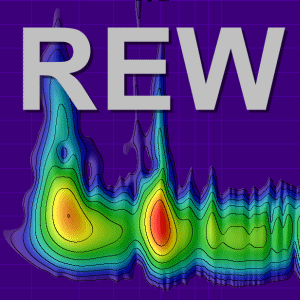user44455555
Registered
Thread Starter
- Joined
- Jan 16, 2021
- Posts
- 150
Hello
I notice on my speakers when i reduce 250 hz then i hear more clarity sound and sound much better. only when look on FR 250 hz is a gap. so normaly should not reduce that. today i look in rt60 and i see ETD curve that there is even if SPL at this frequency is much lower that value is around 30% higher as other frequency.
I read in rew manual what ETD is.
Then my idea is to show the EDT value in the RTA to see the result of foam placing fast and need not much measure. is this possible and not much work ? I think this is a important feature for room acoustic damping and save alot of time
here are my FR and ETD values so you can see


Edit: WIth omnidirectional microphone measure the 250 hz peak in EDT is too in and higher. and the FR gap is more too with omnidirectional measure


I notice on my speakers when i reduce 250 hz then i hear more clarity sound and sound much better. only when look on FR 250 hz is a gap. so normaly should not reduce that. today i look in rt60 and i see ETD curve that there is even if SPL at this frequency is much lower that value is around 30% higher as other frequency.
I read in rew manual what ETD is.
It seem this is an important value for clarity because strong early reflections can hear more. I have some foam but move them around it change nothing noticable in RTA. i only hear and see in the rt60 values that it have some effect.A fast early decay (low EDT figure) indicates better clarity than at positions where the EDT is higher.
Then my idea is to show the EDT value in the RTA to see the result of foam placing fast and need not much measure. is this possible and not much work ? I think this is a important feature for room acoustic damping and save alot of time
here are my FR and ETD values so you can see
Edit: WIth omnidirectional microphone measure the 250 hz peak in EDT is too in and higher. and the FR gap is more too with omnidirectional measure
Last edited:












